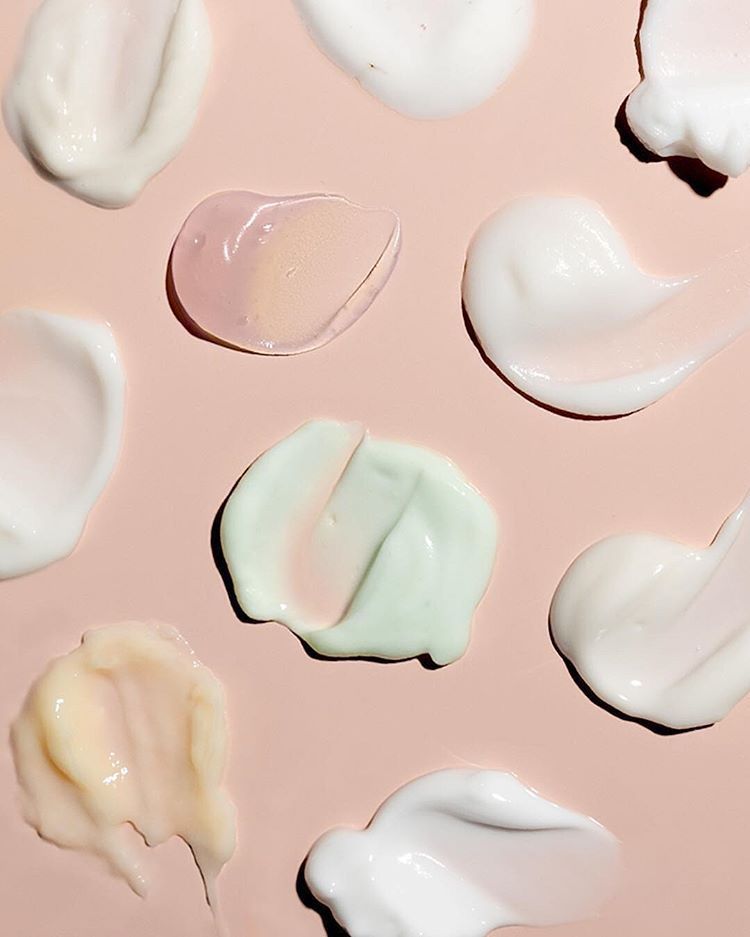Beauty...

By Marissa DeSantis
When it comes to topically targeting signs of aging, sun damage, and even acne, a retinoid product has long been the gold standard. But unless you’re following the orders of a dermatologist who can explain the ins and outs of retinoids, it can be confusing to know what you’re actually using given that the words “retinoid” and “retinol” are often used interchangeably. While the two ingredients are similar (which is probably where the confusion comes in), they’re not the same thing—particularly when it comes to potency.
To explain the difference between retinoids and retinol, so that you can find the product best suited for your skin, we consulted with board-certified dermatologist, Dr. Rachel Nazarian, MD, FAAD, of Schweiger Dermatology.
“A retinoid is a type of vitamin A-derived compound that can be used topically to treat and improve skin,” says Dr. Nazarian, who also serves as a faculty member at Mount Sinai Medical Center’s Department of Dermatology in New York City. Retinoids contain retinoic acid, which is the active ingredient that increases the production of collagen and accelerates skin cell turnover. Due to their strength, retinoids are typically only available by prescription.
To put it simply, retinol is a type of retinoid. “Retinol is a weaker, less-direct ingredient that works similarly to classic retinoids, but requires conversion in the skin,” Dr. Nazarian explains of the over-the-counter option.
Basically, it takes more steps for retinol to be converted into retinoic acid by the skin, which makes them less potent than retinoids.
Though retinol works more gradually, this also means that they’re less irritating than retinoids.
Both retinoids and retinol can cause irritation, dryness, and skin flaking or peeling, but Dr. Nazarian notes that these side effects are only temporary. “Both are used in the evening, applied to clean skin,” she explains. “For sensitive or dry skin, apply after a thin layer of an oil-free moisturizer to curb irritation but allow penetration of the product. Retinols are often tolerable nightly, from the beginning, while retinoids should be started avoiding use on consecutive nights,” she says, adding that alternating application nights can help avoid excess drying as your skin acclimates.
Deciding which vitamin A derivative to use comes down to skin type and concern. (Though it’s important to note that neither retinoids nor retinol is safe to use while pregnant.) For dry and sensitive skin types, Dr. Nazarian says that retinol is best. “Most skin types can begin with a retinol and slowly transition to a retinoid,” she suggests. “The ideal way to make this transition is to start with once-weekly use, slowly increasing how many nights a week a small amount is applied to the face.”
While both retinoid and retinol can help minimize the signs of aging, you’ll need to be more patient when it comes to noticing results with retinol. Because they’re not as strong as retinoids, retinol can take 12 weeks to produce noticeable changes, as opposed to the estimated four to six weeks that retinoids generally take for skin improvement. “Those suffering from acne may benefit from using a retinoid, but [they] may also want to begin with use once-weekly to build tolerance,” Dr. Nazarian adds of another popular use for retinoids.